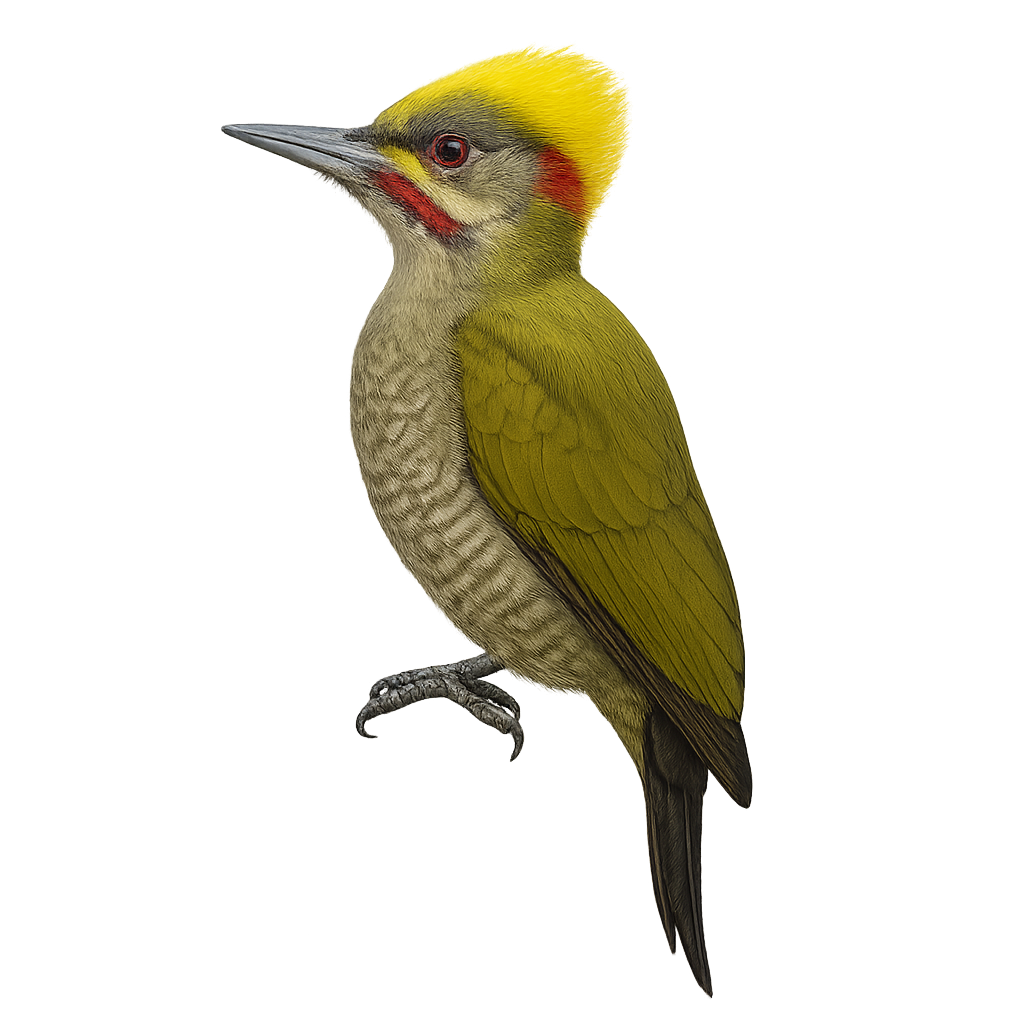Your wildlife photography guide.
Explore the lesser yellownape in detail, study its behavior, prepare your shots.
Where to observe and photograph the lesser yellownape in the wild
Learn where and when to spot the lesser yellownape in the wild, how to identify the species based on distinctive features, and what natural environments it inhabits. The WildlifePhotographer app offers tailored photography tips that reflect the lesser yellownape’s behavior, helping you capture better wildlife images. Explore the full species profile for key information including description, habitat, active periods, and approach techniques.
Lesser Yellownape
Scientific name: Picus chlorolophus

IUCN Status: Least Concern
Family: PICIDAE
Group: Birds
Sensitivity to human approach: Suspicious
Minimum approach distance: 10 m
Courtship display: April to May
Incubation: 14-16 jours
Hatchings: April to June
Habitat:
tropical forests, subtropical forests, wooded areas
Activity period :
Primarily active during the day, with peak activity in the morning and late afternoon.
Identification and description:
The Lesser Yellownape, or Picus chlorolophus, is a medium-sized woodpecker belonging to the Picidae family. It is easily identifiable by its distinctive yellow crest and olive-green plumage. This bird is primarily arboreal, inhabiting the tropical and subtropical forests of Southeast Asia, including India, Nepal, Thailand, and Malaysia. It feeds mainly on insects, which it extracts from tree bark using its strong beak. The Lesser Yellownape is a diurnal bird, often seen alone or in pairs. Although its habitat is threatened by deforestation, it is currently classified as Least Concern by the IUCN.
Recommended lens:
400 mm – adjust based on distance, desired framing (portrait or habitat), and approach conditions.
Photography tips:
To photograph the Lesser Yellownape, focus on tropical and subtropical forests where it is most active. Use a telephoto lens of at least 400mm to capture precise details without disturbing the bird. Be patient and discreet, as this bird is suspicious. Prefer early morning or late afternoon hours to benefit from soft light. A tripod can be useful to stabilize your camera and obtain sharp images. Stay at least 10 meters away to avoid scaring it.
The WildlifePhotographer App is coming soon!
Be the first to explore the best nature spots, track rutting seasons, log your observations, and observe more wildlife.
Already 1 432 wildlife lovers subscribed worldwide

